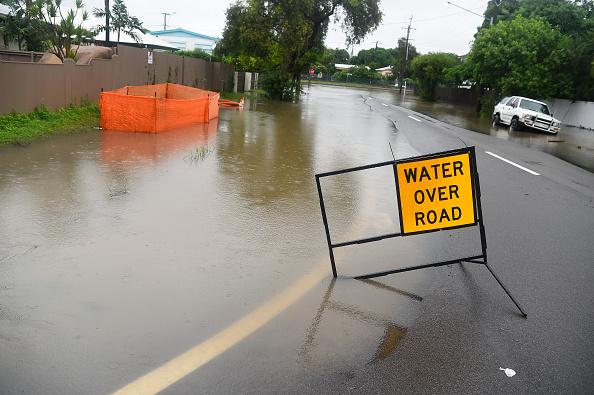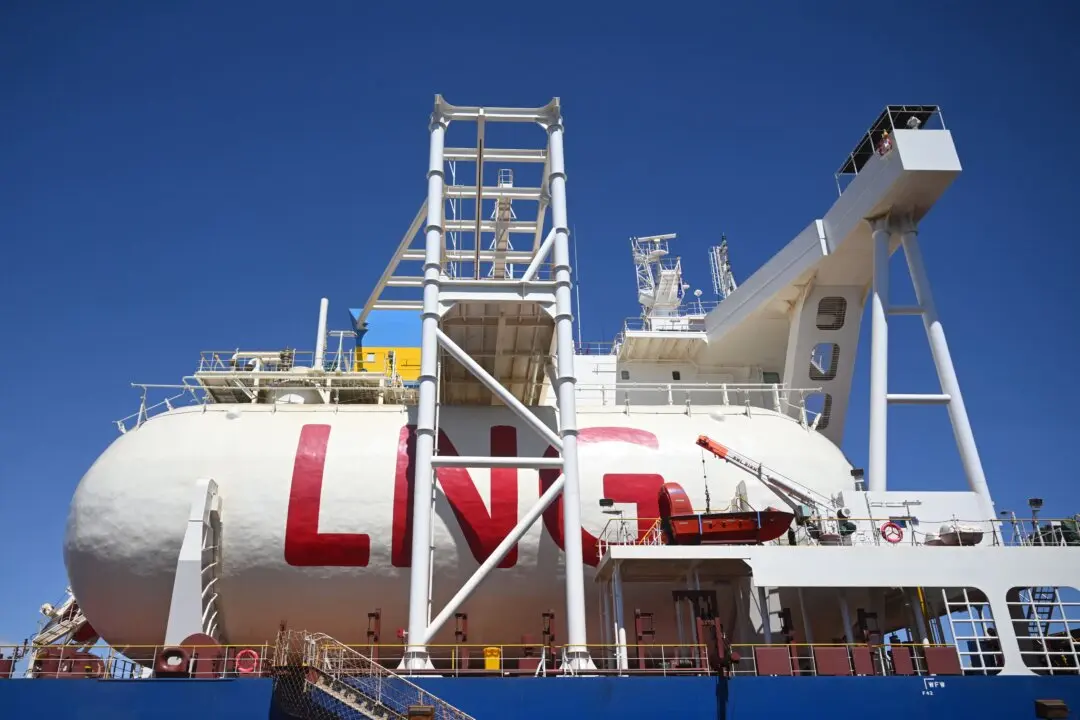Queensland authorities are mopping up after tennis ball-sized hailstones caused widespread damage during a series of supercell thunderstorms in the state’s southeast.

Flooded road in the suburb of Railway Estate in Townsville, Queensland, Australia on Feb. 1, 2019. Ian Hitchcock/Getty Images
|Updated:




